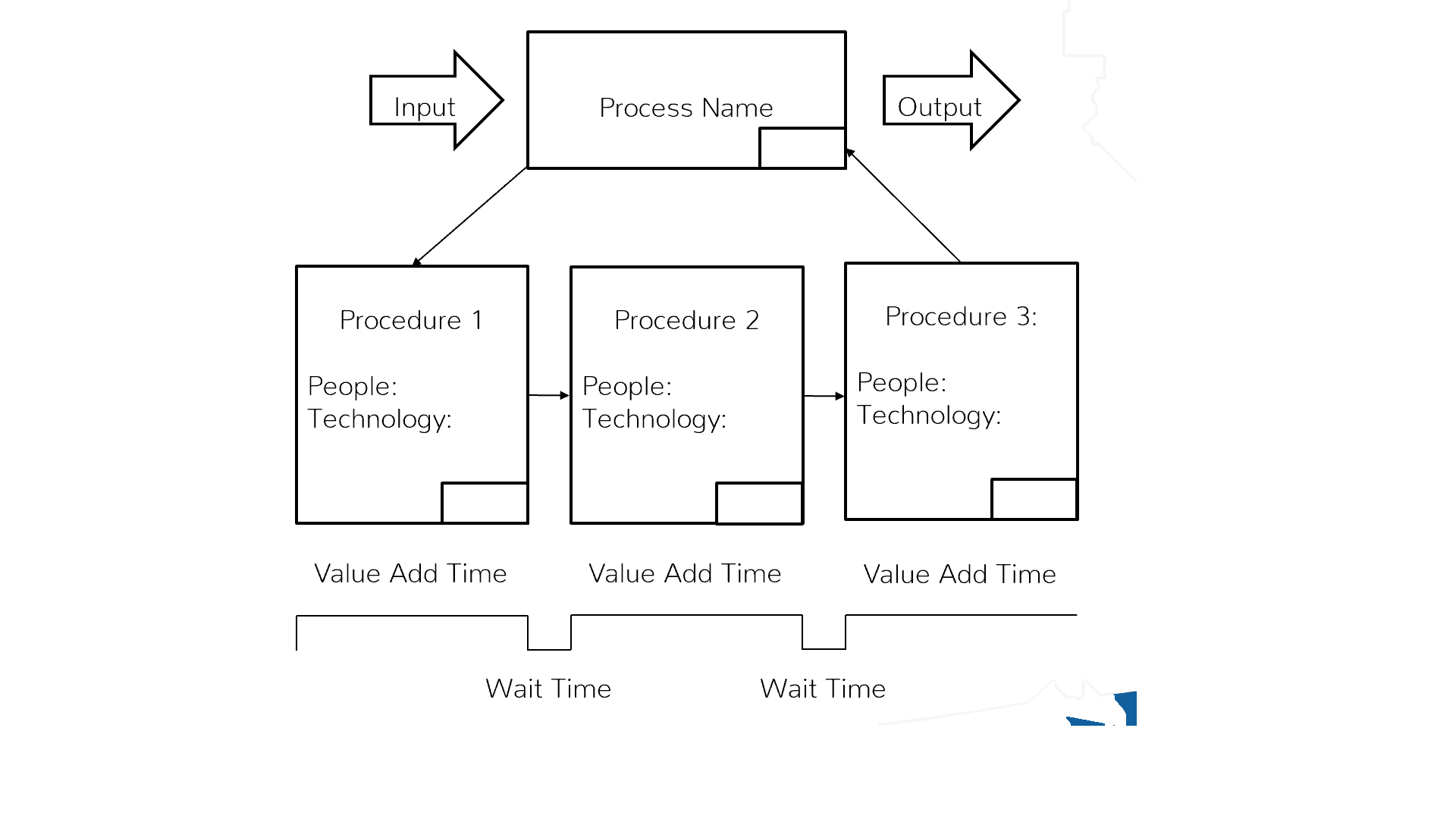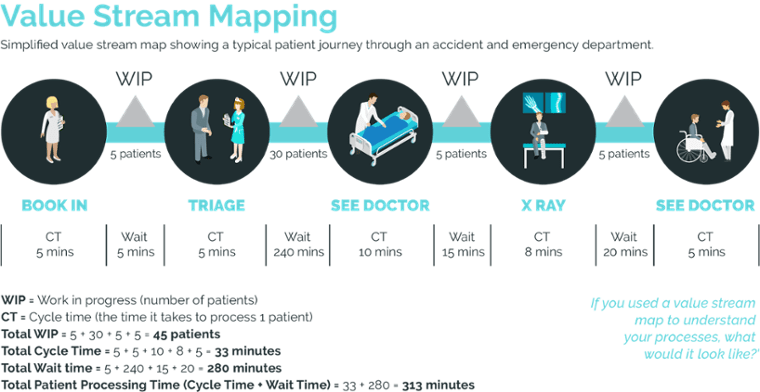
Value Stream Mapping for the Service Desk – An Overview
by Scarlett Bayes, Industry Analyst, SDI

Axelos has unveiled its addition of Value Steam Mapping (VSM) to the ITIL update. VSM is actually adopted from Lean methodology, and many people may be unaware of what it is or what it’s purpose it.
So what is it?
- Value stream mapping is a flowchart method to illustrate, analyse, and improve the steps required to deliver a product or service.
- It reviews the flow of procedures and information from start to finish.
- It can be a way to reduce inefficiencies and waste.
Alongside unlocking efficiency potential, using a value stream can help you to:
- Gain perspective on how long you are spending on valuable steps vs. how much time is being wasted;
- Identify inefficiencies, bottlenecks, rework, and overhead;
- Identify procedures which could be automated;
- Highlight where processes cross over and could be integrated;
- Engage with process stakeholders and improve communication and awareness;
- Align teams which would benefit from working more closely.
How do I do one?
1. Understand your value-adding activities. These typically fall into three categories: what the customer wants you to do, the information being used to achieve the desired result, and resolving that issue as quickly as possible and if possible, the first time. Any activity that exists outside of these three criteria could be considered ‘waste’
2. Define what your focus is; understanding what you want to achieve by mapping out your process can help you to identify the areas you need to improve first. Your focus may be laid out in your vision and mission statements or service desk strategy, and/or underpinned in CSFs and KPIs for the service desk
3. Walk the Process, i.e. map out, from start to finish, every step within a process or workflow; this will allow you to fully understand a process before attempting improvement initiatives
4. Make a note of roughly how long the full process takes to carry out and also how long each individual step takes
5. Include what data inputs are needed for the process as well as the outputs, and this can be used to understand how processes can be integrated and how different teams within the support function can interact
6. Between each procedure, add ‘wait times’ in minutes, hours, or days, the number of people needed to complete each step, which steps are performed by technology, and any other relevant information
This will allow you to see areas of the process where there are bottlenecks, long wait times, inefficiencies, and steps which require a large number of resources. From here, you can begin to strip down some of the more wasteful elements of the processes in small, iterative improvement cycles, until the process become as efficient and effective as possible.
Top tips: review your processes every year or so to ensure they remain efficient and changes within the organisation or infrastructure haven’t made any steps redundant. When mapping out the process, be sure to engage with process stakeholders to fully understand what the process entails and potentially gain another perspective on improvements which could be made.
Below is a basic template of what a value stream could look like. You can use and adapt this to help you to map out your processes and begin the journey to enabling more value from your service.
 To make it a bit clearer, here is an example of a value stream map in an everyday scenario:
To make it a bit clearer, here is an example of a value stream map in an everyday scenario:

Source: https://www.kaizenkulture.com/blog/what-is-a-value-stream-map-and-how-can-you-benefit


























